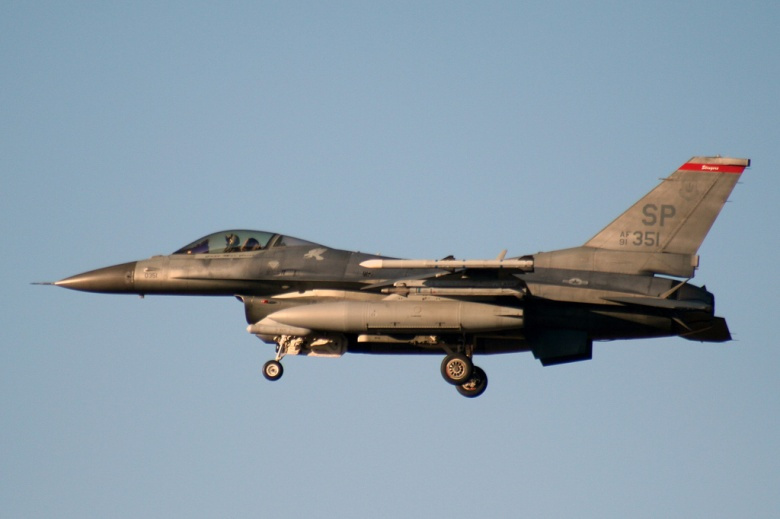prasad1
Active member

The US Air Force and those of other NATO countries are phasing out F-16s much sooner than anticipated. This implies that performance of F-35s has met expectations, and that there are no obvious show-stoppers to ramping up production as fast as budgets allow. The F-15, F-16, and F/A-18 production lines are all slated to close by 2020. But there is more to this deal, as it has the potential to alter the balance of power in South and Southeast Asia over the next decade.
Lockheed-Martin’s “Made in India” deal, which offers exclusive rights to manufacture and produce ‘Block 70/72’ F-16s, implies that few—if any—orders are expected from NATO countries. India will have a veto on sales to sensitive countries like Pakistan and Taiwan. This deal is being “finalized”, though no deal with India is a done deal until cash arrives on the barrelhead. But suppose it moves forward, and Indian F-16s are produced in quantity starting in 2019 or 2020. Depending on the technologies transferred or made accessible by India, there is considerable scope to update and upgrade the F-16 to achieve a degree of equivalence to stealth-by-other-means, so as to be competitive with state-of-the-art and relatively stealthy Russian and Chinese fighters. Those upgrades will likely find a ready market with the world’s F-16 operators.
India is one of the world’s largest operators of both Russian and European military equipment. The deal opens the door for India to be the only vendor in the world that can acquire the expertise and infrastructure to integrate and upgrade existing Russian, European, and American platforms. The technical and logistical challenges are formidable, and India will likely require external assistance. However, a well-integrated Indian air defense system built around numerous and inexpensive pre-5th generation aircraft, appropriately upgraded, together with a few indigenously developed items will be sufficient against likely Chinese and Pakistani threats for decades. Will India step to the challenge? Successfully fielding this capability would give India leverage in many areas.
The F-16 deal can be used as the cornerstone to develop a domestic Indian military aircraft manufacturing capability with considerable export potential. This would give China pause before risking a conflict with India, and put China on notice that its arming up Pakistan—to include the transfer of nuclear weapons know-how—is threatening India. Until now, China has not paid much of a price for this Maoist-era strategy of “the enemy of my enemy is my friend.”
Developing these technologies and capabilities can give India the option of expanding arms sales to other Southeast Asian states which presently operate a mix of poorly integrated or wholly unintegrated American, European and Russian equipment. Beyond that, there is the option of Indian arms sales to Taiwan in response to a major provocation or conflict with China. Integrating these weapons with appropriate upgrades and acquisition of a few key pieces will challenge Chinese dominance of the South China Sea. To wit, the sale of BrahMos cruise missiles fundamentally altered Chinese strategic calculations toward Vietnam. Modest sales of relatively inexpensive (at $3 million each) air-, land-, ship- and submarine-based cruise missiles to Southeast Asian states disputing the 9-Dash-Line claims would effectively make those waters a no-go zone for major Chinese surface combatants or shipping. The BrahMos and the F-16IN would thus constitute a key component of a low cost, high leverage anti-access and area denial strategy against China.http://nationalinterest.org/blog/th...ns-bid-build-lethal-f-16-fighters-india-17329
Agreed it is older technology by US standards. But it will be way superior to the present aircrafts in Indian Arsenal. It also can be used for export to other countries.
